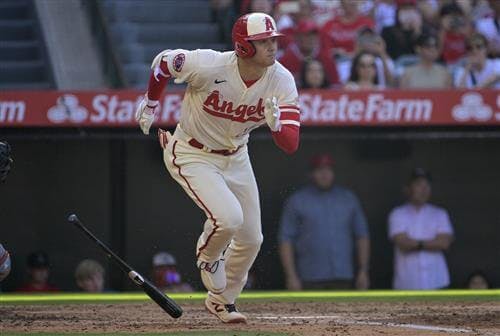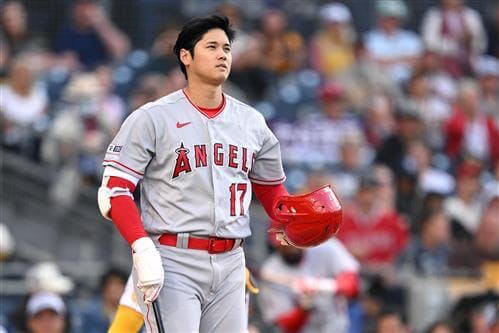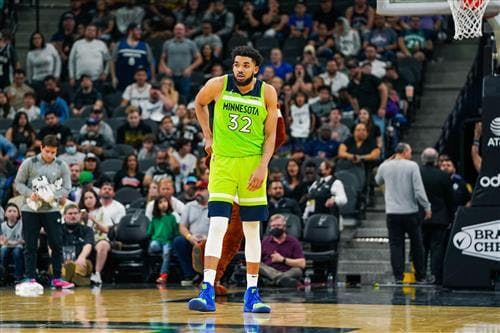Before the season, everyone was picking Everton to get relegated. After finishing with 39 points -- a massive drop from the season before -- the trajectory looked like it might be irreversible. They'd won seven league titles, they'd been in the first division since 1954, and the Premier League hadn't existed without them. But English soccer's post-Everton era was just 38 games away.
Then ... they finished fourth -- at least that's what happened the first time around. After finishing in 17th in 2004, with the fewest points in club history, during David Moyes's first full season at the club, Everton were a popular pick for relegation and Moyes looked like a good bet for First Manager Sacked. Instead, they qualified for the Champions League and then, over the next eight years, established themselves as one of the best-run clubs in Europe: consistently outperforming their budget, unearthing unexpected stars, and frequently finishing just outside the top four. The operation was so impressive that Moyes was seen as a no-brainer replacement for the most successful manager in Premier League history, Sir Alex Ferguson.
This time around, well, you might as well flip that previous paragraph inside out. With 18 games to go, Everton are in 19th, tied with Southampton for the fewest points in the league. Per FiveThirtyEight, they're the heaviest favorites for relegation: with a 68% chance of going down. The bookies have them as second favorites after Bournemouth. They just fired their manager, and they're certainly in the running for Worst Run Club in Europe.
How'd it happen? Here's Everton's step-by-step guide to getting relegated.
1. Don't have a plan
This is the major inefficiency across European soccer -- especially in England. Spending in the transfer market still has very little correlation with team success, which suggests that no one is all that good at understanding what wins soccer games. And when you have access to the riches of the Premier League broadcasting deal, you theoretically have the capacity to sign, I don't know, 95% of the sport's global playing population.
One way to sift through the unlimited possibilities -- and likely failures -- of player acquisition is to create a context for those players to fit within. Almost every successful club in Europe has committed to some kind of identity and then built toward it.
By committing to a general approach to the game, you accomplish a number of different things. You filter out thousands of players who don't fit that approach. You make the players you're attempting to sign more likely to succeed by reducing the chance that they don't fit with the manager. And you make your roster immune to the cycle of death that is the manager-squad mismatch: where players are signed to play a certain way under a certain coach, that coach is fired, a new coach is hired, and half of the players you just signed don't fit the new coach, so he gets to sign new players but then gets fired because he's still coaching a bunch of players he doesn't want, and on and on until you become Everton.
2. Keep riding the managerial merry-go-round ...
Under Moyes, Everton were one of the most clearly defined teams in Premier League history. They always had one fullback who attacked and one who didn't get forward much. They had one midfielder who wouldn't lose the ball, and another one who would muck things up. They had a traditional hold-up striker and then a large, hybrid midfielder-attacker who would break into the box. And on the wings, there was a collection of tricky not-quite-wingers. This enabled them to counter against the big teams, keep possession against the smaller teams and defend well against everyone.
Moyes left the club right as the "manager" model was going out of style; the manager, very quickly, was being merged into a larger decision-making hierarchy, rather than controlling everything himself.









